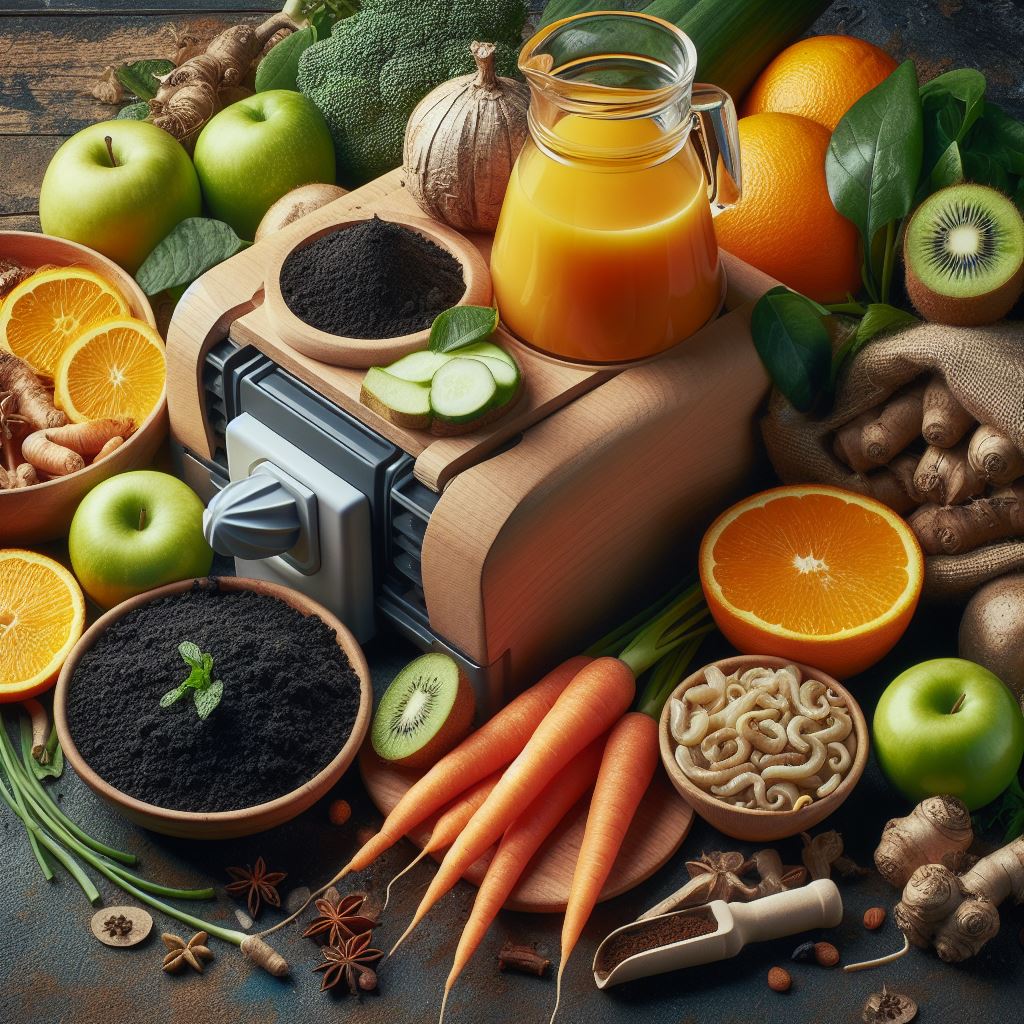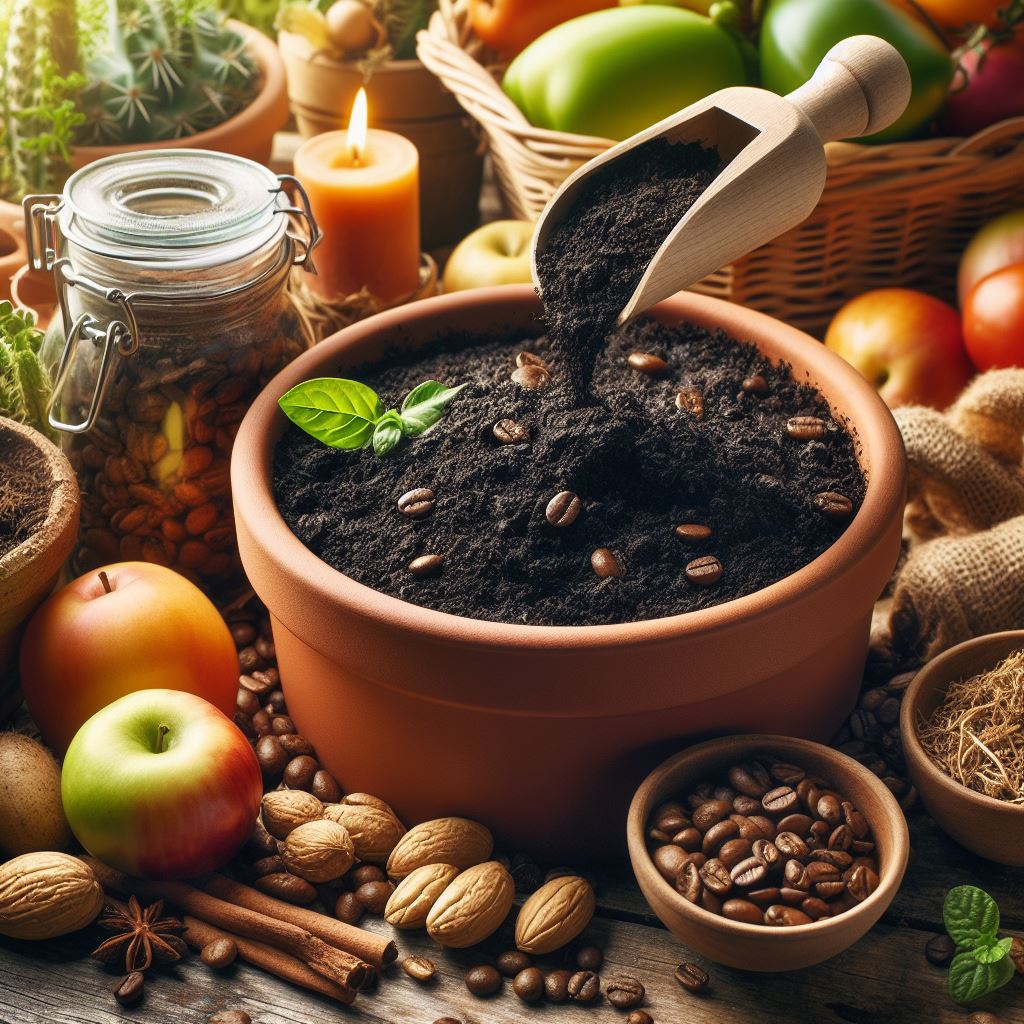In the quest for a sustainable and eco-friendly garden, one often overlooked resource is paper. Composting shredded paper can significantly enhance your garden’s health by improving soil structure, adding essential nutrients, and aiding in moisture retention. This guide explores why and how to compost shredded paper and cardboard effectively, integrating this abundant resource into your ecological gardening practices.
Why Should You Compost Shredded Paper?
Benefits of Composting Shredded Paper and Cardboard
Adding shredded paper or cardboard to your compost heap is a fantastic way to enrich your compost pile with carbon-rich brown material. This balances the green material, like kitchen scraps and lawn cuttings, which are high in nitrogen. The decomposition process of these mixed materials results in a nutrient-rich mulch that conditions the soil and enhances its fertility. Besides these gardening benefits, composting paper products contributes to waste management and recycling efforts, reducing the volume of waste that ends up in landfills.
Understanding the Role of Brown Material in Your Compost Heap
Brown materials, such as shredded paper and cardboard, play a critical role in composting by balancing the nitrogen-rich green materials. This balance is vital for maintaining a healthy decomposition process. Browns add bulk and help aerate the compost pile, facilitating better airflow and preventing the compost from becoming overly wet and smelly. These brown materials are essential for creating an environment that supports the activity of decomposers, which break down the organic material into compost.
Waste Management and Recycling: Turning Trash into Treasure
Integrating shredding paper into your compost heap reflects a broader commitment to waste management and eco-friendly practices. By recycling paper materials into compost, you’re not only benefiting your garden but also contributing to a reduction in waste. This practice helps mitigate the massive volumes of paper and cardboard that would otherwise contribute to the growing problem of landfill overcrowding. Composting is an actionable step towards adopting a more sustainable lifestyle, turning everyday trash into garden treasure.
What Types of Paper Can Be Composted?
Identifying Paper Safe for Composting
Not all paper products are suitable for composting. Ideal candidates for your compost bin are non-glossy, ink-free papers. It’s crucial to avoid composting glossy or printed paper as they may contain inks and chemicals harmful to your compost heap’s micro-ecosystem. Newspapers, plain cardboard without glossy finishes, and untreated paper scraps are excellent sources of brown material for composting.
Differentiating Between Various Paper Products
Understanding the variety of paper and cardboard materials helps in selecting the right type for your compost. For composting, cardboard and paper products like egg cartons, toilet paper rolls, and plain wrapping paper can be beneficial. These products decompose at different rates but collectively contribute to a diversified decomposition process that enriches the compost.
Cardboard and Paper: What’s the Difference in Composting?
While both cardboard and paper are compostable, their structure and decomposition rates vary. Cardboard, being thicker, typically decomposes slower than thinner paper. However, both can be shredded to expedite the decomposition process. Cardboard can also help to create air pockets within a compost pile, enhancing aeration and facilitating a healthier composting environment.
How to Properly Shred Paper for Compost
The Best Methods to Shred Paper and Cardboard
Shredding paper increases its surface area, making it easier for microorganisms to break it down. The best methods for shredding paper for composting involve either using a mechanical shredder or manually tearing it into small pieces. A cross-cut shredder turns paper into small confetti-like pieces, which decompose more efficiently than strip-cut shreds. Remember, maintaining your shredder ensures its effectiveness and longevity.
Common Mistakes to Avoid When Shredding Paper for Compost
One common mistake is trying to shred paper or cardboard that is too glossy or contains heavy inks, as these can introduce toxins into your compost. Overloading your compost with too much shredded paper can also slow down the decomposition process, as it may overwhelm the balance of brown and green materials needed for efficient composting. Always aim for a balance, ensuring your compost pile remains healthy and active.
Maintaining Your Shredder for Optimal Performance
To keep your shredder in top condition, regularly clean it and avoid overloading. Periodically oiling the shredder can also prevent jams and ensure smooth operation. Proper maintenance prevents breakdowns and extends the life of your shredder, making it a reliable tool for your composting needs.
Integrating Shredded Paper into Your Compost Heap
How to Layer Shredded Paper for Better Decomposition
Layering your compost is an effective method to integrate shredded paper. Start with a layer of green material, then add a layer of shredded paper or cardboard. This lasagna-style layering helps maintain the necessary carbon to nitrogen ratio and enhances the decomposition process. Adding shredded paper to compost in balanced amounts facilitates healthy, nutrient-rich compost.
Maintaining the Right Carbon-to-Nitrogen Ratio
The carbon-to-nitrogen (C:N) ratio is crucial in composting. Browns like paper contribute carbon, while greens provide nitrogen. An ideal C:N ratio is about 30:1, carbon to nitrogen. Keeping this balance ensures that your compost heap decomposes efficiently without emitting unpleasant odors or attracting pests.
Monitoring Moisture Levels in Your Compost Heap
Moisture is essential in composting, but too much can lead to problems like mold growth and odor. Shredded paper helps absorb excess moisture, maintaining an optimal environment for decomposition. However, it’s important to occasionally aerate your compost pile and add water if it appears too dry, ensuring a healthy composting process.
Timeframe and Troubleshooting for Composting Paper
How Long Does It Take for Shredded Paper to Decompose?
The timeline for paper decomposition in a compost heap varies, generally taking anywhere from a few weeks to several months, depending on the conditions of your compost pile. Factors like moisture, temperature, and the balance of materials affect the rate of decomposition.
Dealing with Common Issues in Paper Composting
Common issues in paper composting include slow decomposition, which can be due to a lack of nitrogen or insufficient moisture. To combat these issues, ensure a balanced mix of green and brown materials and regularly turn your compost pile to aerate it, helping speed up the decomposition process.
How to Tell When Your Paper-Enriched Compost is Ready
You’ll know your compost is ready to use when it has a dark, crumbly texture and an earthy smell, with no recognizable food or paper scraps. This nutrient-rich compost is perfect for enriching garden soils, providing your plants with an optimal growing environment.





